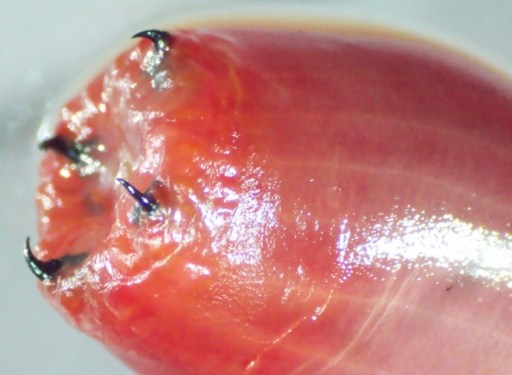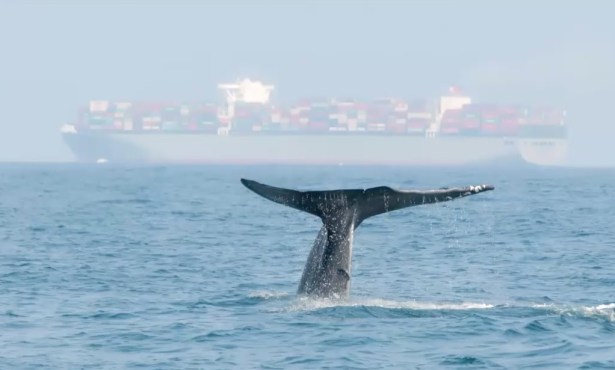UC Santa Barbara Researchers See Potential at End of Bloodworm’s Fangs
Carnivorous Sea Worms Could Unlock Sustainable Alternative to Carbon Fiber Technology

Who could’ve guessed carnivorous sea worms may hold the key to a sustainable alternative to carbon fiber technology? Turns out, the scientists at UC Santa Barbara could. Published in the peer-reviewed scientific journal Matter in late April, a study by biochemistry professor Herbert Waite and grad student William Wonderly, along with seven fellow researchers at UCSB, revealed how industrious proteins in the marine bloodworm Glycera dibranchiata could assemble the worm’s hardy fangs — composed, in part, of copper — all on their own. These scientists believe the biochemical processes used by the protein could be quite useful outside of research, especially in the realm of material manufacturing, allowing for a cheaper and more sustainable alternative to carbon fibers.
The bloodworm — which can grow up to 14 inches long and are named after the blood that can be seen through its translucent skin — is a devilish little creature that tends to burrow deep into the seashore along the coasts of Mexico, South America, Pacific Islands, and the eastern United States. There, it waits for small invertebrates to come close and then pounces, sinking its four fang-like jaws into its prey to inject venom. It’s these unique jaws that are the subject of Waite and Wonderly’s study.
The bloodworm’s jaws are made up of just three main ingredients: melanin (the pigment that determines skin color); a “multi-tasking protein,” or MTP, made up of a string of amino acids; and finally, a surprising amount of copper. Although the copper drew the researchers to the bloodworm initially because of its high concentrations, it’s just the glue that binds the MTP and melanin. The MTP, meanwhile, brings everything together.
Sign up for Indy Today to receive fresh news from Independent.com, in your inbox, every morning.
In their study, Waite and Wonderly examined how, remarkably, the MTP acts like a little construction worker. It gathers copper and prevents itself and the copper from dissolving in the surrounding water before enabling a chemical reaction used to create melanin. Then, it works with the melanin to form a composite structure, bringing in the copper to seal the molecules into the structure. The result is the light yet incredibly strong and durable jaws that can be found on the bloodworm.

What’s so notable about these observations is that the MTP practically does this all on its own, without much prompting. Waite calls this “autonomous engineering.”
“The MTP is a molecular robot,” Waite explained. “All this is occurring in aqueous solution, without technicians, computers, machinery (hoppers, mixers, extruders, spinners) or the electricity to power them.”
The potential applications of this are significant. The jaws created by the MTP are known as “high-performance composites.” This puts them in the same camp as carbon fiber composites. Carbon fibers, for those unfamiliar, are a very strong, stiff, resilient material with a growing market and high demand for usage in sports, automobiles, aerospace, and other industries. They can be found in various items, ranging from tennis rackets to motorcycle helmets to prosthetic limbs.
The bloodworm’s biochemical process, however, can be used to create an alternative, melanin fiber in a lab, which could be on par with current carbon fibers. On top of that, MTP’s autonomous engineering removes entire steps from the manufacturing process used to create carbon fibers. This means less equipment and energy is needed to produce melanin fibers, which cuts costs. It also means a reduction in greenhouse-gas emissions and waste products, which reduces the environmental impact of fiber manufacturing.
Ultimately, the research done by Waite and Wonderly’s team is quite promising. With the potential to lower expenses and improve sustainability, someday the carbon fiber industry may be replaced by a melanin fiber industry, thanks to the scientists at UCSB and the creepy, carnivorous bloodworm.
Support the Santa Barbara Independent through a long-term or a single contribution.




You must be logged in to post a comment.